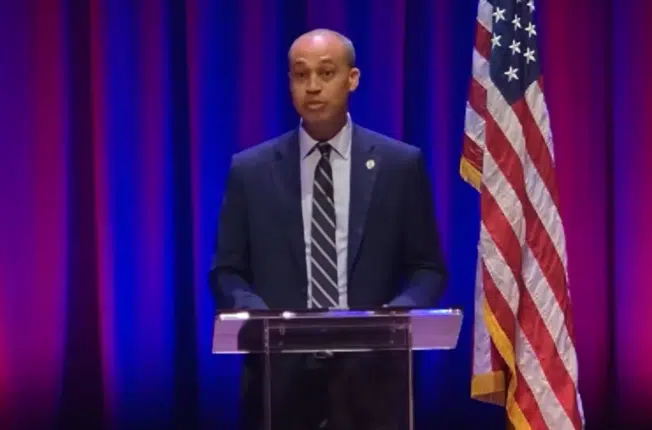By Bill Wilson –
 A pension bailout for Big Labor is in the works for underfunded multi-employer pension funds. New legislation sponsored by Senator Bob Casey, S. 3157, would give taxpayer backing via the Pension Benefit Guaranty Corporation (PBGC). If the union bosses get their way on this bill, there may be no stopping the tsunami of pension bailouts for both public and private employees that will follow.
A pension bailout for Big Labor is in the works for underfunded multi-employer pension funds. New legislation sponsored by Senator Bob Casey, S. 3157, would give taxpayer backing via the Pension Benefit Guaranty Corporation (PBGC). If the union bosses get their way on this bill, there may be no stopping the tsunami of pension bailouts for both public and private employees that will follow.
Teamsters Local 776 shop steward Dave Wolf leaves no doubt that he is looking for a bailout. He believes he is entitled it: “The government says it has to bail out the banks when they get into trouble because they’re ‘systemically important.’ Well, we’re the people who move the goods and pay the mortgages and support our communities. I think we’re ‘systemically important’ too.”
The trouble with Senator Casey’s approach is that it will essentially bring insolvent pension funds into a government program to be paid for by other solvent funds, and when that fails, taxpayers are the backstop. That is likely to happen because, as Americans for Limited Government has previously reported, Moody’s warns that large multi-employer pension funds — like the Teamsters — are underfunded by $165 billion.
Casey’s bill is also being pursued in the House of Representatives, sponsored by Earl Pomeroy (D-ND) and Pat Tiberi (R-OH). Despite the obvious bailout of bringing underfunded pension plans into a federal guarantee program, there are eight other Republican co-sponsors: John Linder (GA), Peter Roskam (IL), Thaddeus McCotter (MN), Steven LaTourette (OH), Jo-Ann Emerson (MO), and Aaron Schock (IL).
The bailouts do not end there, however. Congress is also considering a $23 states bailout that is being placed into a war-funding measure by Senator Tom Harkin (D-IA) and Representative George Miller (D-CA). The money would go to pay for a single year’s spending for states with an emphasis on preventing layoffs of public school teachers.
The trouble with this approach is that it will not help states to bring their finances in order, putting off for another year tough decisions that are necessary. And it won’t even scratch the surface of dealing with a reported $1 trillion shortfall of state public employee pensions. The Pew Center on the States recently reported that “at the end of fiscal year 2008, there was a $1 trillion gap between the $2.35 trillion states and participating localities had set aside to pay for employees’ retirement benefits and the $3.35 trillion price tag of those promises.”
That’s really bad, because it did not even take into account the market crash of late 2008. For most states, fiscal year 2008 ended June 30th, 2008, before the real pain was felt.
The indications so far are not good. Since that time, the $200 billion California Public Employees’ Retirement System and the $128 billion California State Teachers’ Retirement System have both had their Triple-A credit ratings downgraded by Moody’s.
Do not be surprised if in the not-so-distant future, Congress proposes a complete bailout for the state employee pension funds, too. Like Casey’s proposal, the plan will be for solvent pension plans to pay for the insolvent ones, and when that fails, taxpayers will be compelled to intervene.
The trouble with both the private multi-employer pension plans and the public employee pension plans are that they are defined benefit plans that promise to pay a certain amount of benefits for every year of retirement based on factors like salary and duration of employment. Unfortunately for the pensioners — and the American people being asked to bail them out — these plans have consistently been underfunded.
But, rather than take steps to reform them, the unions are coming hat in hand to taxpayers. It’s a bailout that, if granted, there will never be any end to. Governments will bankrupt themselves before these promised benefits are somehow paid for. Pension reform is needed, but this is not it.
Bill Wilson is the President of Americans for Limited Government.






